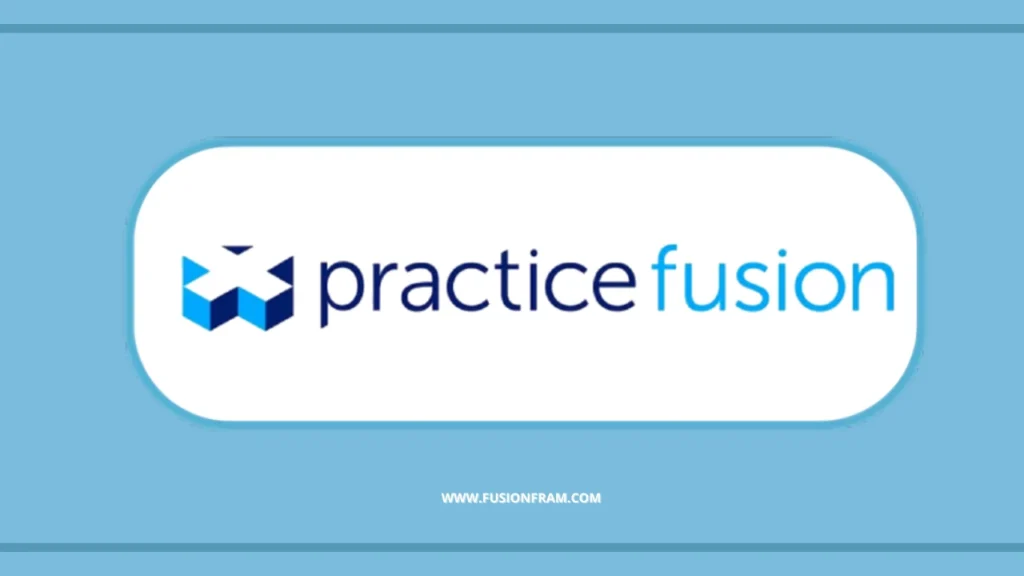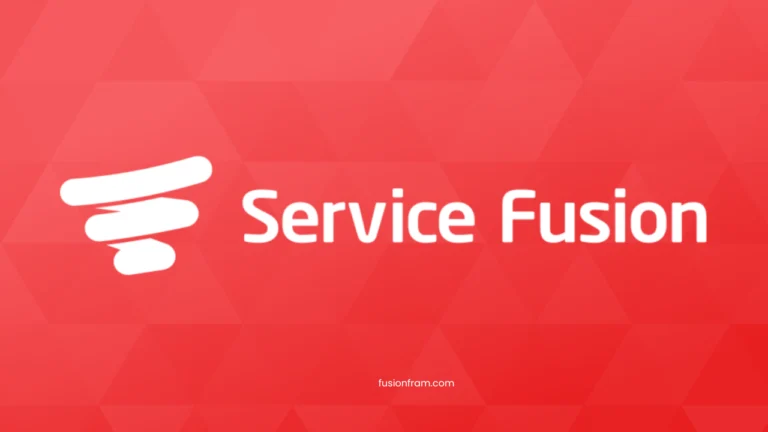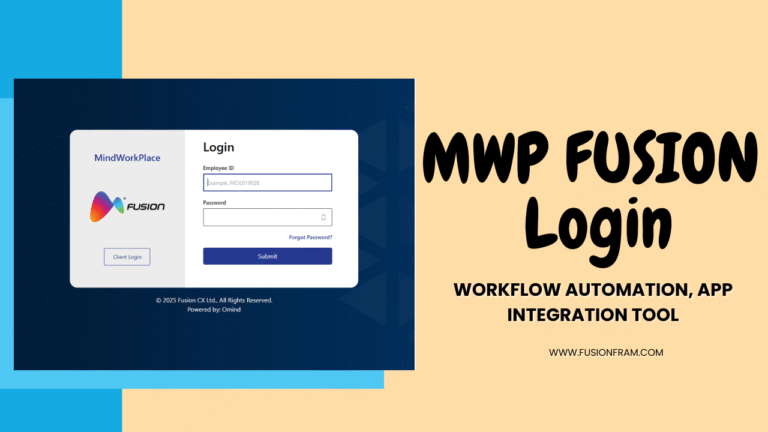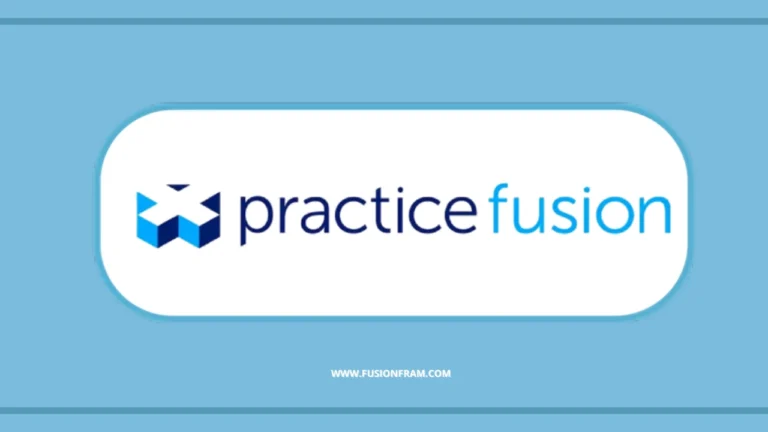
Practice Fusion is one of the most widely used EHR systems in the United States. Originally launched as a free, cloud-based solution, it has evolved into a powerful, full-service electronic health record (EHR) platform. With over 112,000 monthly healthcare professionals relying on it, and more than 100 million patient records under its management, it continues to impact how medical practices manage their operations. It includes tools for secure logins, appointment scheduling, medical billing, and patient engagement.
Healthcare providers now demand digital systems that are fast, secure, and easy to use. It offers all of these with an interface built for flexibility. From managing patient data to improving care delivery, it offers end-to-end support. The platform has its controversies, but it continues to lead in patient-centered solutions.
What Is Practice Fusion?
Practice Fusion is a U.S.-only, web-based electronic health record system. It helps providers manage everything from charting and prescriptions to billing and analytics. It’s especially useful for small to medium-sized practices.
- Accessible via any device
- HIPAA-compliant and cloud-based
- Includes secure login for safety
It also offers a built-in practice fusion (patient portal) that improves patient transparency. The software includes modules for e-prescribing, lab integrations, and mobile access, making it a one-stop solution.
In addition to typical EHR functions, It supports health monitoring, clinical decision support, and efficient patient tracking.
How Practice Fusion Started?
Founded in 2005, it was created by Ryan Howard and co-founders to simplify how medical records were handled. The early version launched in 2007. Initial growth was slow due to market uncertainty.
- In 2009, it became ad-supported and free
- This boosted adoption among small practices
- At its peak, it managed over 56 million visits yearly
The status as a fast-growing EHR was well recognized by the industry. It was also ranked #1 in customer satisfaction by multiple independent surveys.
By making its EHR system free, it filled a major gap for small clinics lacking IT budgets. This business model was revolutionary at the time.
Major Funding Milestones
Investor interest played a key role in growing it. Several prominent firms backed it through funding rounds.
| Year | Investor(s) | Amount |
| 2009 | Band of Angels, Felicis Ventures | Seed Round |
| 2010 | Morgenthaler Ventures | $23 Million |
| 2011 | Founders Fund | $23 Million |
| 2013 | Kleiner Perkins (Series D) | $70 Million |
| 2013 | Qualcomm Ventures (Extension) | $15 Million |
Total raised: $149 million
This capital helped expand services and develop integrations like updox practice fusion for advanced communication capabilities.
Deep Dive into Practice Fusion EHR Features
EHR includes everything needed to run a modern clinic efficiently. Its simplicity helps reduce admin load.
- Custom charting options
- Drug-to-drug interaction alerts
- E-prescribing and refill tracking
- Automated updates to patient files
The ehr platform allows physicians to focus more on patients and less on paperwork. It supports medical coding, lab ordering, and voice-to-text documentation tools.
It also includes real-time allergy and drug-interaction warnings, which can significantly improve patient safety.
Understanding the Patient Portal
The practice fusion (patient portal) gives patients access to their health data.
- Patients view their history and test results
- Allows appointment booking online
- Sends reminders for follow-ups
It also lets users send messages, check prescriptions, and share data with other providers. Patient engagement is stronger when people access their data in real-time.
This feature is critical for improving chronic disease management and promoting preventive care.
Timeline of Business Transitions
Over time, it has gone through major business changes. From free software to paid subscriptions, its path has shifted.
| Year | Change |
| 2014 | Handled 6% of U.S. outpatient visits |
| 2016 | Accused of opioid alert manipulation |
| 2018 | Sold to Allscripts for $100M |
| 2020 | Fined $145M for illegal practices |
Despite setbacks, the status remains active and functional. Updates continue to be rolled out.
Allscripts has since rebranded some features and rolled them into broader practice management solutions.
Secure Login Options
For every user—whether provider or admin—security is crucial. The platform offers:
- Practice fusion secure login for encrypted access
- Password-protected user profiles
- Session timeouts to prevent unauthorized use
MFA (multi-factor authentication) is supported. This keeps sensitive health data safe. Audit logs are also maintained.
Additionally, It uses role-based access so that only authorized personnel see specific information.
Integration with Updox Platform
The updox integration allows seamless messaging and faxing.
- Send secure patient reminders
- HIPAA-compliant eFax for records
- Supports workflow automation
Use the updox login to streamline tasks like scheduling, messaging, and billing reminders.
These features help clinics reduce no-show rates and improve operational efficiency.
Practice Fusion EHR Login Portals
Logging into it is made simple for all user types.
| Login Type | Access Purpose |
| practice fusion secure login | Provider/staff authentication |
| practice ehr login | Admin or clinic-based login |
| updox practice fusion login | Patient messaging and reminders |
Each entry point is optimized for user-specific tasks. Use the right one based on your role.
Core Services for Medical Professionals
It includes a broad range of tools:
- Clinical decision support
- Patient engagement metrics
- Lab and imaging integrations
- Health data analytics
| Module | Function |
| Charting | Quick and flexible data entry |
| Scheduling | Efficient appointment handling |
| ePrescribing | Simplified prescriptions and refills |
| Messaging | Staff-patient communication |
Each module can be customized. Small practices can scale easily with these tools. These features contribute to faster reimbursement and better care coordination.
Real-Time Analytics with Practice Fusion Insight
“Insight” is a tool that leverages millions of patient records to track trends.
- Monitor disease outbreaks
- Review demographics and history
- Support treatment adjustments
This feature works within the ehr interface. It helps improve patient outcomes and care coordination.
Health systems also use it for population health reporting, particularly for Medicare and Medicaid patients.
How Secure Is It Today?
Security remains one of the platform’s strengths.
- Multi-layer encryption for all data
- Real-time breach monitoring
- HIPAA-approved user access system
The secure login adds another layer of safety. Compliance with U.S. laws is ensured through regular audits. Daily backups and data redundancy systems also ensure that no patient data is ever lost.
Strengths for Small Practices
It was designed to support independent providers.
- No heavy hardware investment needed
- Works across device
- Low learning curve for new users
It provides flexibility and reduces admin burden. Use the practice ehr login to access custom dashboards, reports, and more.
It’s ideal for specialists, family practitioners, and urgent care centers with limited IT teams.
Addressing Key Concerns
While popular, the platform had some red flags:
- Tied to opioid prescription controversies
- Switched from free to paid in 2018
- U.S.-only availability limits reach
Despite this, users report high satisfaction with features like the fusion (patient portal). Allscripts has added updates since acquiring the platform.
User forums still support active discussions on workarounds and best practices for maximizing its benefits.
Comparison Table: Benefits Across User Types
| User Type | Key Feature Used | Login Path |
| Provider | Charting, prescribing | practice fusion secure login |
| Admin | Billing, reports, setup | practice ehr login |
| Patient | Portal access, communication | updox practice fusion login |
Each login supports different workflows. All are optimized for secure use.
Final Thoughts: Is Practice Fusion Worth It?
The story of practice fusion reflects both innovation and caution. From disrupting the EHR space to facing federal fines, its legacy is mixed. However, its tools—secure logins, patient portals, analytics—remain in use across thousands of clinics.
Whether you’re a solo provider or a growing clinic, it offers an all-in-one solution. Use the secure login to ensure safety. Rely on practice ehr login for administrative control. Communicate better using updox login.
The platform still supports secure, cloud-based health record access. With more than 100 million records managed and robust security measures in place, it continues to serve healthcare efficiently. The name is still trusted, despite past challenges.
And as the healthcare industry shifts toward digitized patient care and virtual visits, platforms like practice fusion will remain critical in the delivery of timely, safe, and accessible medical services.
You Might Also Like:-) Patient Fusion: Manage Health Records & Book Visits Easily



